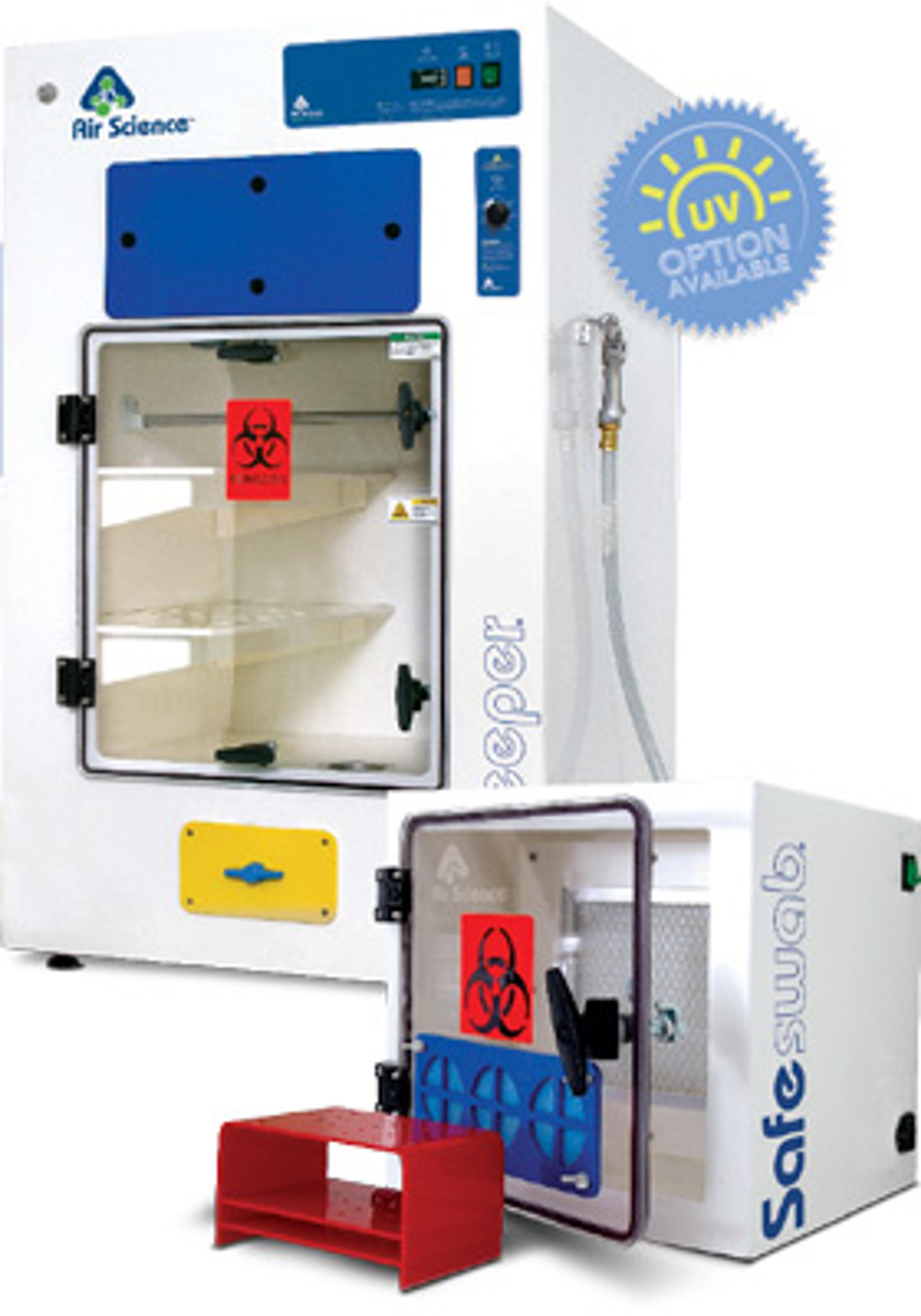Safehood promises cost-effective evidence protection in a controlled environment
The latest forensic evidence drying cabinets are designed to keep evidence safe and free from contamination across a wide range of applications
1 Jan 2020
Safekeeper Series Forensic Evidence Drying Cabinets are designed to provide a tamper-resistant, controlled environment in which to dry and process forensic evidence, enabling the chain of custody to remain intact. Promising a cost-effective storage and containment option, the forensic evidence is dried and processed by a constant flow of air, incorporating Air Science® ductless technology to remove airborne fumes and odors emitted by the contents. Using innovative Multiplex™ filtration technology combining optional HEPA/ULPA filtration for pathogen and particulate control, the forensic evidence drying cabinet aims to create a safe work environment over a wide range of applications in the industry.
Applications:
- State and Federal Crime Laboratories
- Medical Examiners and Coroners
- Law Enforcement Agencies
- Hospital Emergency Rooms
- Drug Agencies
General Purpose Safekeeper Cabinets are offered in bench/desktop and floor-standing models. Select models are available with two, three or four independent drying chambers, each with its own filtration and control system, designed to avoid cross-contamination of evidence while permitting simultaneous but separated processing. Most models are configured for mobile use in uncontrolled environments, with standard height cabinets on casters designed to pass through standard doorways, while tall units are typically housed in a fixed location. A downflow model, designed for use in a garage or parking area with dirty/sandy floors, features an activated carbon main filter formulated to capture putrid organic odors as well as other fumes such as alcohol, solvents and gasoline.
Safekeeper Forensic Evidence Drying Cabinets are designed to be an ideal choice for laboratories where drying forensic evidence must be closely monitored and controlled and maintenance of a chain of custody is critical. Functional performance to meet specific applications may be added through options and accessories, including heat and dehumidification systems to accelerate the drying process and a ducting collar to allow the unit to be ducted into an existing laboratory exhaust system.
Do you want more of the latest science news straight to your inbox? Become a SelectScience member for free today>>

